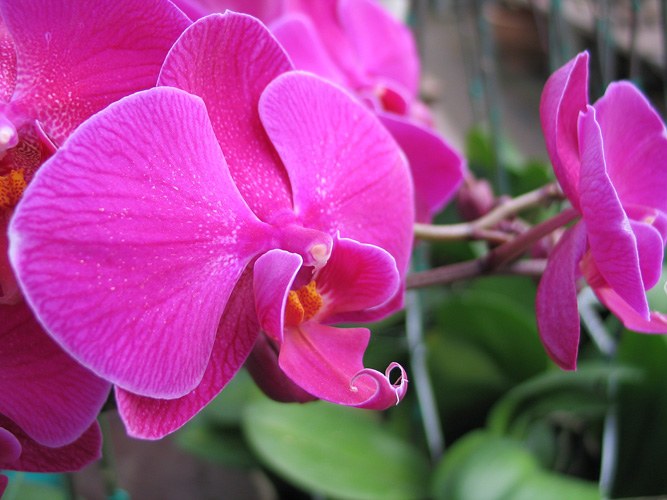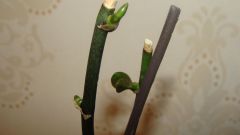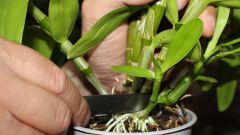You will need
- - fertilizer for orchids;
- - pine bark;
- - charcoal;
- - sphagnum.
Instruction
1
Orchids is not recommended to replant too often. However, if the substrate, which grows epiphytic Orchid, almost completely disintegrated, causing the roots of the plants run the risk of losing good ventilation and to rot, the plant should be transplanted, even if it blooms. Especially it is often necessary to transplant the flowering of Phalaenopsis, which are almost the most popular with the fans of indoor plant growing of orchids.
2
Epiphytic orchids should be transplanted before they begin the period of growth of the roots. To determine whether to do a change, look at the roots of the plant. If they are painted in bright, slightly yellowish color, the plant can be transplanted. The green color of the tips of the roots means that they have started to grow and there is a risk of damaging the transplant, which is undesirable.
3
When transplanting the plant should be separated from the old substrate. To do this, remove the flower from the pot. If the Orchid was planted in a clay pot with a rough surface, its roots managed to cling to the clay and will need carefully to separate, helping himself with a flat wooden spatula. If you can carefully break the pot, you can leave portions of the roots.
4
Place the roots of the Orchid in water at room temperature. This will help you to separate from the plant remains of the old substrate.
5
Prepare new substrate. To do this, take pieces of pine bark and boil them for twenty minutes. Cool, dry bark and chop it into small pieces.
6
The crushed substrate soak for two to three hours in a solution of fertilizer for orchids. The solution of fertilizer to the soaking of the cortex is best done in half the usual concentration. Press crust to the bottom of the container in which it is soaked, some goods.
7
Sometimes the substrate for orchids add washed sand, peat, dead leaves and charcoal.
8
Remove the Orchid out of the water. Fragments of the old substrate, which is not separated from the roots, to tear not worth it. Inspect the roots and remove the rotten parts of them to healthy tissue. This should be done with a sharp knife and slices it to powder charcoal. Within a few hours will dry the roots of plants.
9
On the bottom of the tank that you picked orchids, put some of the bark. Place the plant in a pot and carefully pour the roots of the residues of the substrate. Secure the flower so that it is not loose in the pot, but strongly compacted crust is not necessary. The upper part of the substrate cover with sphagnum.
10
Spray the plant and put it in a couple of weeks in the greenhouse. Carefully transplanted blooming Orchid needs to transfer all these procedures without any consequences.




